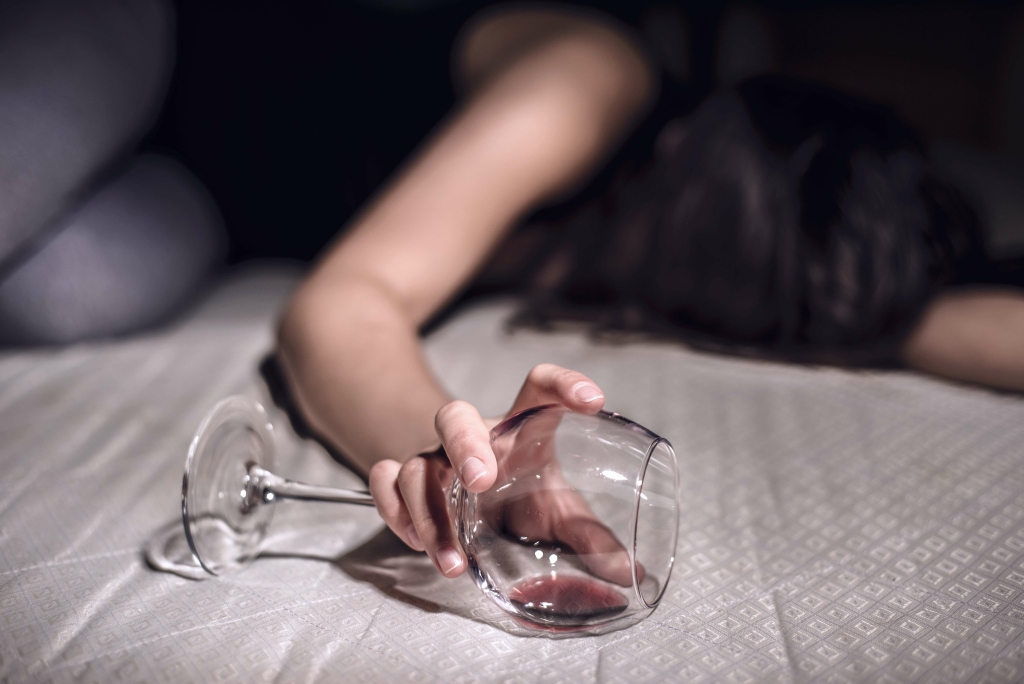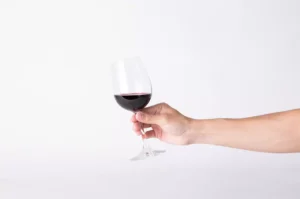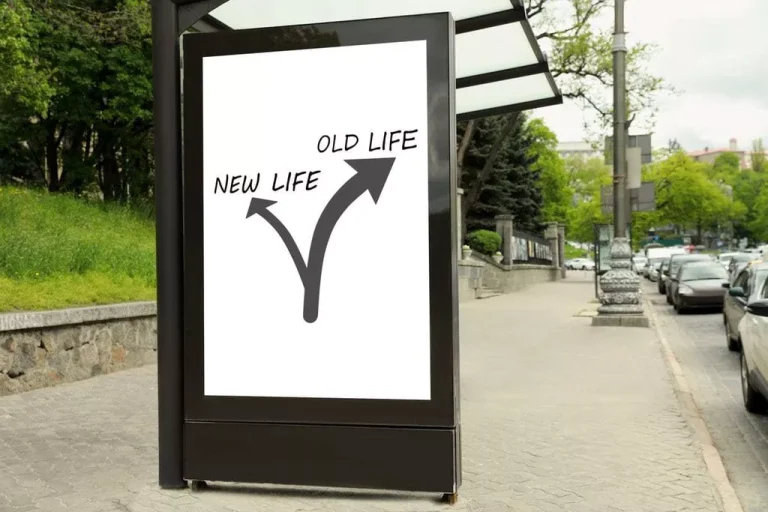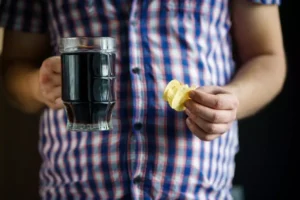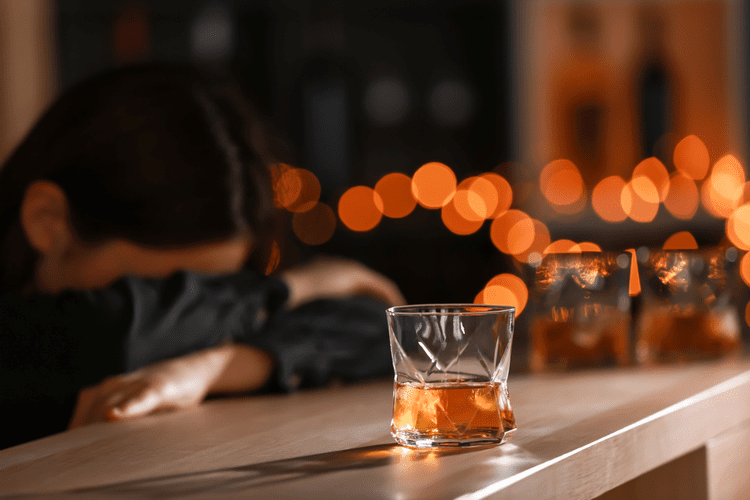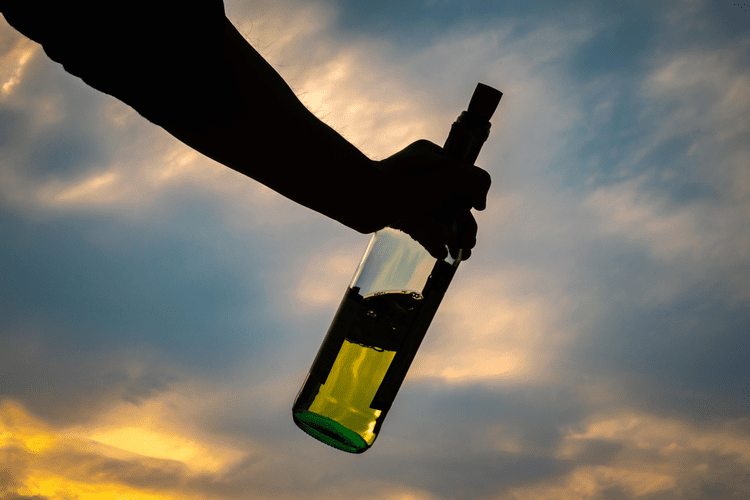Teenagers in Pennsylvania are 13.33% less likely to have used drugs in the last month than the average American teen. Teenagers in Oregon are 37.62% more likely to have used drugs in the last month than the average American teen. teen drug abuse Teenagers in Oklahoma are 10.10% less likely to have used drugs in the last month than the average American teen. Teenagers in Ohio are 4.19% less likely to have used drugs in the last month than the average American teen.
- It also found that nicotine vaping in high school seniors declined during the pandemic, along with declines in perceived availability of vaping devices at this time.
- Two thirds of decedents had one or more potential bystanders present, but most provided no overdose response.
- Teenagers in Mississippi are 21.23% less likely to have used drugs in the last month than the average American teen.
- Teenagers in Wisconsin are 0.05% more likely to have used drugs in the last month than the average American teen.
- Explore the different types of medications prescribed for opioid overdose, withdrawal, and addiction.
The study found that students across all age-groups reported moderate increases in feelings of boredom, anxiety, depression, loneliness, worry, difficulty sleeping, and other negative mental health indicators since the beginning of the pandemic. During July 2019–December 2021, among 2,231 adolescent overdose decedents in 47 jurisdictions with available data, more than two thirds (69.0%) were male, and a majority (59.9%) were non-Hispanic White persons (Table). Overall, 2,037 (91.3%) deaths involved at least one opioid; 1,871 (83.9%) involved IMFs, and 1,313 (58.9%) involved IMFs with no other opioids or stimulants.
Does My Teenager Need Rehab?
Among deaths with one or more potential bystanders present, no documented bystander response was reported for 849 (67.8%), primarily because of spatial separation from decedents (52.9%) and lack of awareness that decedents were using drugs (22.4%). Approximately one quarter of deaths had documentation of ingestion (23.8%), smoking (23.5%), and snorting (23.0%); evidence of injection was documented in 7.8% of deaths. Thirty-five percent of adolescent decedents had documented opioid use history, and 14.1% had evidence of a previous overdose; 10.9% had evidence of substance use disorder treatment, and 3.3% had evidence of current treatment. Approximately 41% of decedents had documented mental health history, including mental health treatment (23.8%), diagnosed depression (19.1%), or suicidal or self-harm behaviors (14.8%) (Figure 2).
- Quarterly rates of unintentional drug overdose deaths among teens remained elevated well into 2022, according to a NIDA analysis of CDC and Census data.
- However, researchers detected shifts in the drugs used, with alcohol use declining and use of nicotine products and misuse of prescription medications increasing.
- Persons in different self-contained parts of larger buildings (e.g., a different apartment in the same apartment building) would not be considered potential bystanders.
- For the survey, students self-report their substance use behaviors over various time periods, such as past 30 days, past 12 months and lifetime.
Teenagers in Indiana are 2.11% more likely to have used drugs in the last month than the average American teen. Teenagers in Illinois are 4.29% more likely to have used drugs in the last month than the average American teen. Teenagers in Idaho are 7.98% less likely to have used drugs in the last month than the average American teen.
Teen Drug Use Statistics for High School Seniors
All participating students took the survey via the web — either on tablets or on a computer – with 98% of respondents taking the survey in-person in school in 2023. Therefore, students with less engagement in school — a known risk factor for drug use – may have been less likely to participate in the survey. Though the sample size of 22,318 respondents in 2023 was lower than the sample size of a typical pre-pandemic year’s data collection, the results were gathered from a nationally representative sample, and the data were statistically weighted to provide national numbers. This year, 13% of students who took the survey identified as Black or African American, 1% as American Indian or Alaska Native, 3% as Asian, 25% as Hispanic, 1% as Middle Eastern, 41% as white, and 16% as more than one of the preceding categories. The survey also asks respondents to identify as male, female, other, or prefer not to answer.

Since 1975 the MTF survey has measured drug and alcohol use and related attitudes among adolescent students nationwide. Youth with substance use disorders also experience higher rates of physical and mental illnesses, diminished overall health and well-being, and potential progression to addiction. Alcohol and marijuana are the substances most commonly used among youth; note that data regarding less popular drugs may be limited.
Teen Drug Abuse Warning Signs
All participating students took the survey online, with 95-99% of respondents taking the survey in-person in school. New data show relatively low use of illicit substances, yet overdose death rates among teens have risen in recent years. The results were gathered from a nationally representative sample, and the data were statistically weighted to provide national numbers. This year, 11% of the 12th grade students who took the survey identified as African American, 22% as Hispanic, 5% as Asian, 1% as American Indian or Alaska Native, 47% as white, 1% as Middle Eastern, and 14% as more than one of the preceding categories. For the 2022 survey, 48% of 12th grade students identified as male, 47% identified as female, 1% identified as other, and 4% selected the “prefer not to answer” option.





